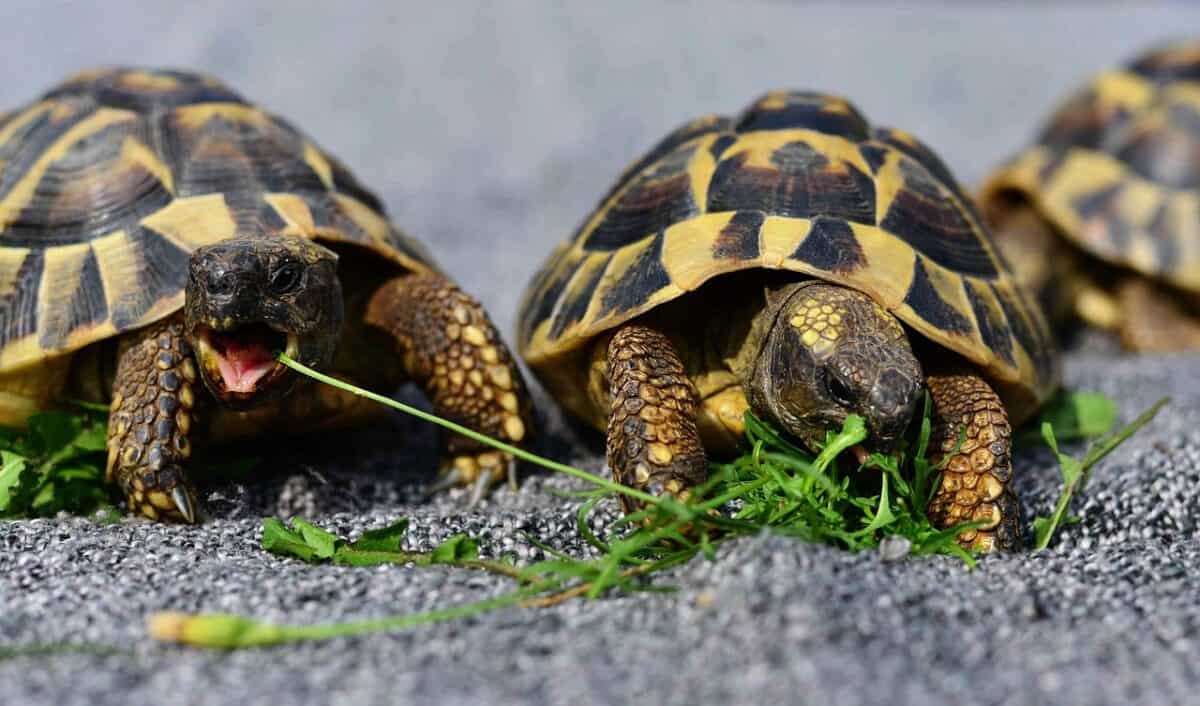When we think of pets performing tricks, dogs typically come to mind—sitting, rolling over, shaking paws, and playing fetch. While canines certainly excel in the trick department, they’re far from the only pets capable of impressive learned behaviors. Many animal companions possess remarkable intelligence and can be trained to perform a variety of clever tricks that might surprise you. From birds that can speak full sentences to rats that can sort recycling, the animal kingdom is full of trainable companions beyond our four-legged canine friends. Let’s explore fourteen pets that can learn real tricks and discover just how diverse the world of animal training can be.
14. Cats The Underestimated Tricksters

Despite their reputation for independence, cats are highly intelligent and can learn an impressive array of tricks. While their motivation differs from dogs (they’re less eager to please and more food-motivated), cats can be trained to sit, give high-fives, jump through hoops, and even use a human toilet. Clicker training works particularly well with felines, as it creates a clear association between the desired behavior and reward. Some dedicated cat owners have trained their pets to perform complex trick sequences involving multiple steps. The key to success lies in short, consistent training sessions using positive reinforcement techniques and high-value treats. Unlike dogs, cats generally prefer several brief training periods rather than longer sessions, with five minutes often being the sweet spot before their attention wanes.
13. Rabbits Hopping Through Hoops
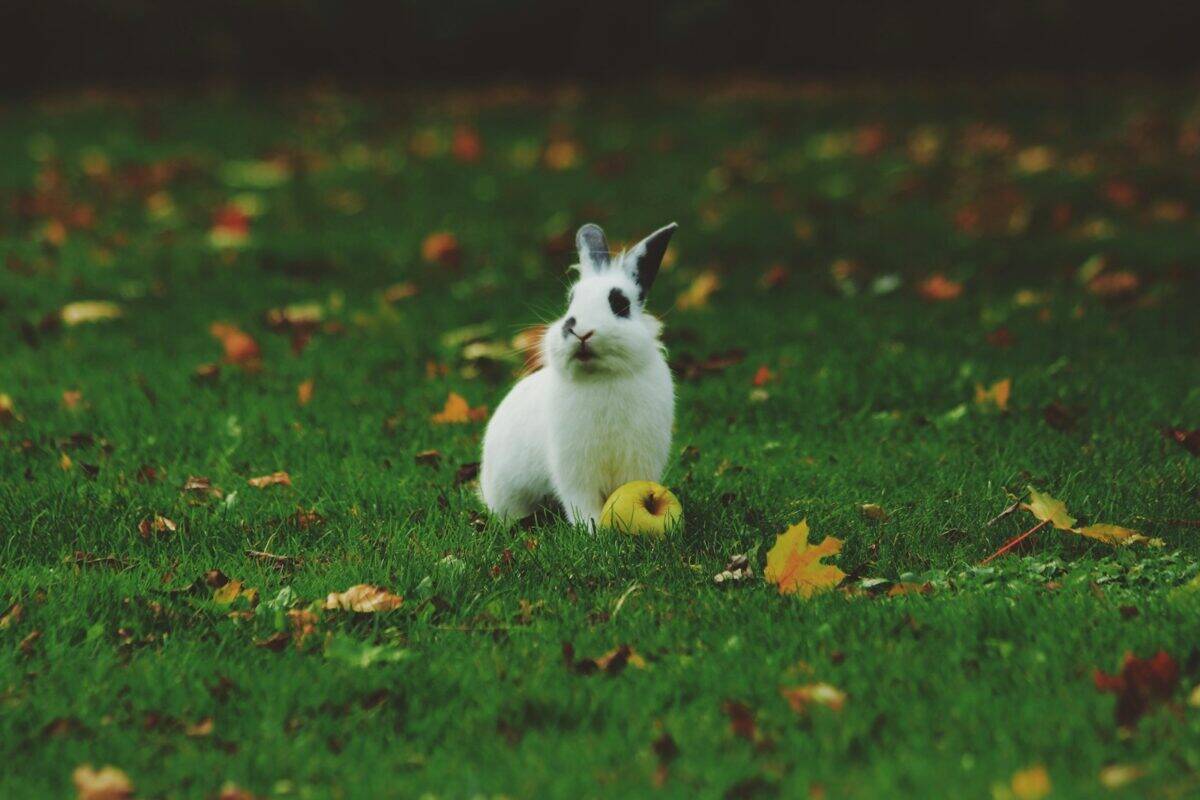
Rabbits are not just cute, fluffy pets—they’re surprisingly trainable animals with the cognitive ability to learn a variety of tricks. These lagomorphs can master behaviors like jumping through hoops, navigating obstacle courses, standing on their hind legs on command, and even playing basketball with mini balls. Rabbit agility competitions have gained popularity worldwide, showcasing these animals’ athletic abilities. Training rabbits requires patience and consistency, using positive reinforcement methods centered around their favorite treats like small pieces of fruits or vegetables. The natural curiosity and intelligence of rabbits make them excellent students, though they respond best to gentle, calm instruction. Many rabbit owners find that target training with a small stick helps teach more complex behaviors, as rabbits quickly learn to follow and touch the target with their nose.
12. Parrots The Linguistic Acrobats
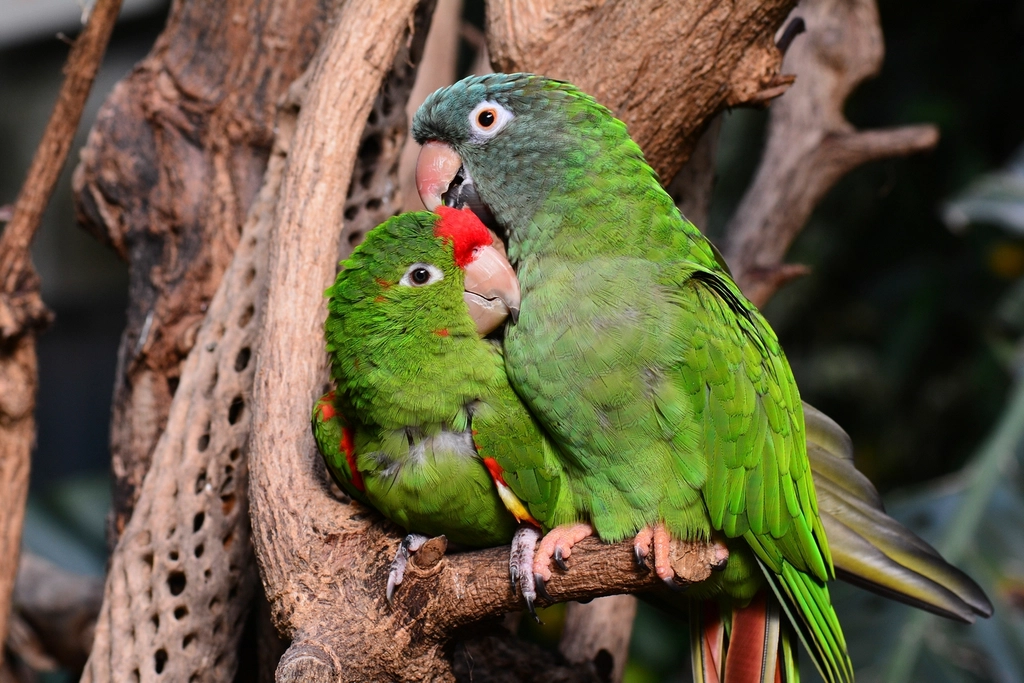
Parrots represent some of the most trainable pets outside the canine world, with cognitive abilities comparable to a 3-5 year old human child in some species. African Grey parrots can learn vocabularies of hundreds of words, while macaws and cockatoos can master complex physical tricks. Beyond mimicking human speech, parrots can learn to wave, play dead, spin in circles, retrieve objects, solve puzzles, and even understand basic mathematics. Their training leverages their natural intelligence and social nature, requiring consistent positive reinforcement. What makes parrots particularly impressive is their ability to use language contextually, not just mimicking words but often using them appropriately in situations. Some well-trained parrots can identify colors, shapes, numbers, and even form simple sentences to express their needs or observations. The key to successful parrot training lies in regular, short sessions that keep these intelligent birds mentally stimulated while building a bond with their human caregivers.
11. Rats Tiny Bodies, Huge Brains

Fancy rats stand out as some of the most trainable small pets, with cognitive abilities that far exceed what many people expect from rodents. These highly social animals can learn to come when called, navigate mazes, play basketball with small balls, jump through hoops, and even perform complex sequences of behaviors. Perhaps most impressively, rats have been trained to detect landmines and tuberculosis in some parts of the world, showcasing their exceptional scent discrimination abilities. Their intelligence combined with dexterity allows them to master tasks requiring fine motor skills, such as pulling small carts, climbing rope ladders on command, or retrieving tiny objects. Training rats relies on positive reinforcement using food rewards and social interaction, with these animals quickly forming strong bonds with their human caregivers. Their fast learning curve means new tricks can often be mastered in just a few training sessions, making them rewarding pets for those interested in animal training.
10. Ferrets The Playful Performers

Ferrets combine intelligence with boundless energy, making them excellent candidates for trick training. These mustelids can learn to roll over, spin, jump through hoops, navigate tunnels on command, and even perform a “dead ferret” trick where they dramatically play dead. Their natural curiosity and playful nature make training sessions entertaining for both pet and owner. Using a combination of food rewards and play motivation, ferrets can quickly pick up new behaviors through repetition and positive reinforcement. Particularly food-motivated ferrets might work for treats like small pieces of cooked meat or commercial ferret treats, while others respond better to the reward of playtime with favorite toys. Training should take advantage of their natural behaviors—ferrets love to explore tunnels, so teaching tunnel-based tricks often comes naturally to them. The key to successful ferret training lies in consistency, patience, and keeping sessions brief but regular to accommodate their sometimes limited attention span.
9. Pigs The Intellectual Powerhouses
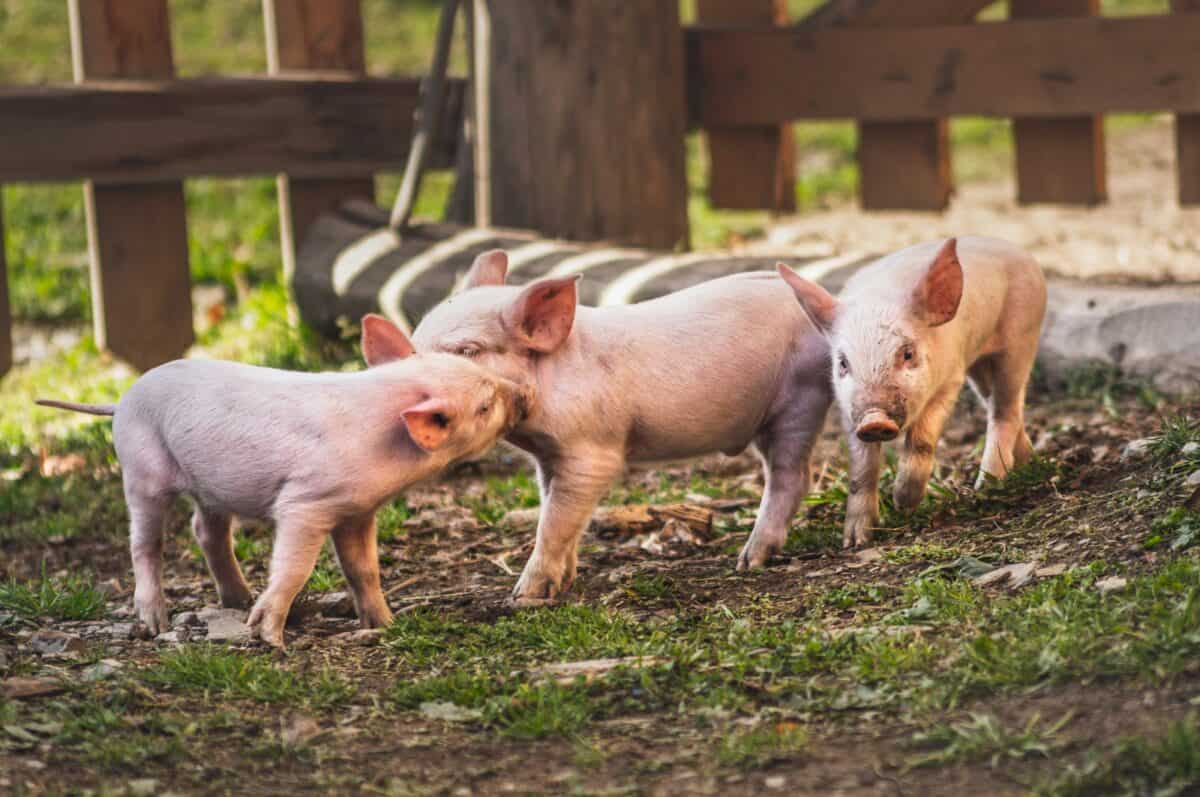
Miniature pigs, often kept as pets, possess intelligence comparable to or exceeding that of dogs. These remarkable animals can learn an extensive repertoire of tricks including sitting, staying, spinning in circles, playing soccer with their snouts, and even completing complex obstacle courses. Using their highly sensitive snouts, pigs can be trained to identify and retrieve specific objects or play hide-and-seek games with remarkable skill. Their exceptional memory allows them to remember training from years past, and some pig owners report their pets recognizing dozens of verbal commands. Training methods rely heavily on food motivation, as pigs are naturally driven by treats, though they also respond well to praise and social reinforcement. Unlike some pets, pigs can concentrate for longer training sessions, often working diligently to solve problems or master new skills. Their cognitive abilities enable them to understand cause and effect relationships, making them exceptional candidates for trick training that involves multi-step processes or delayed rewards.
8. Budgerigars (Budgies) Small Birds, Big Talent
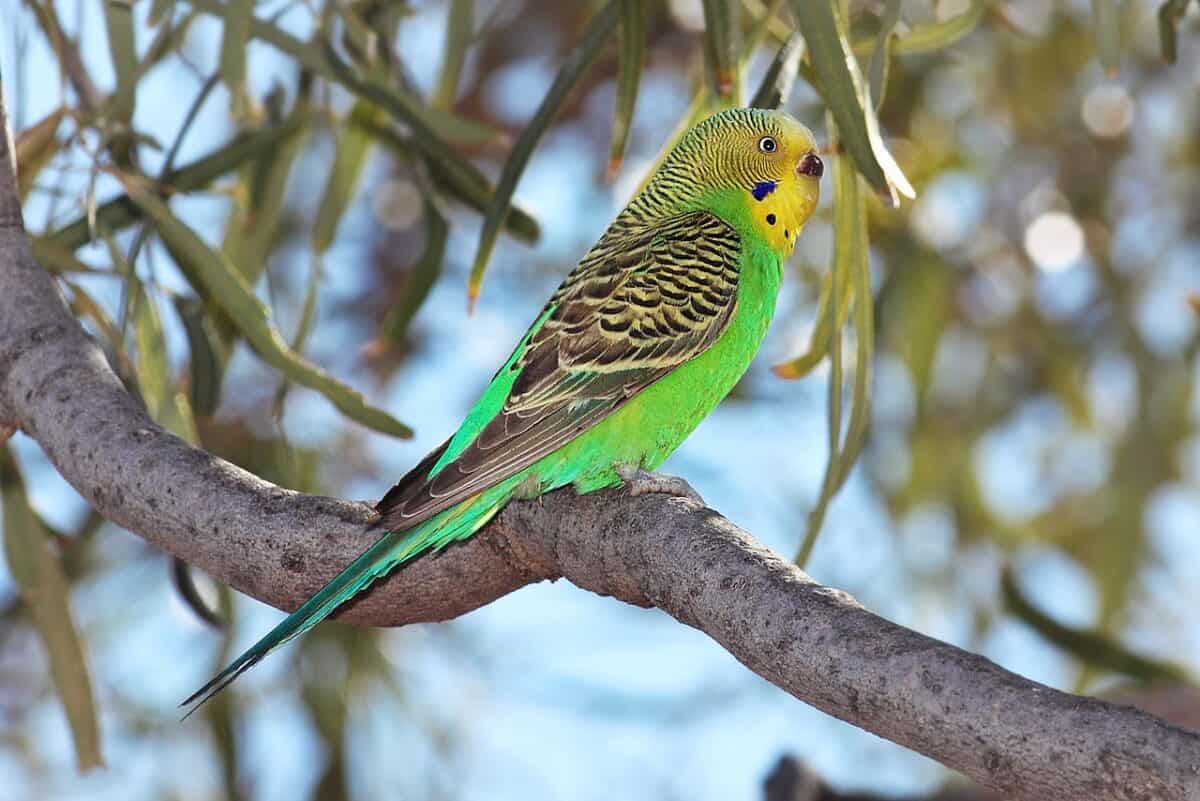
Commonly known as budgies or parakeets, these small parrots punch well above their weight in the intelligence department. Despite their tiny size, budgies can learn an impressive range of tricks including stepping up on command, flying to a specific perch when called, playing with balls, navigating small obstacle courses, and even pulling tiny carts. Some budgies become proficient at speech, learning dozens of words and short phrases with regular training. Target training works particularly well with these birds, using a small stick or pointer that the bird learns to touch with its beak in exchange for treats. This method can then be expanded to teach more complex behaviors. Training sessions should be kept brief, typically 5-10 minutes, to accommodate their short attention spans. The social nature of budgies makes them responsive to positive reinforcement, not just in the form of treats like millet spray, but also verbal praise and attention. Their natural playfulness and curiosity make trick training an excellent form of mental enrichment for these intelligent avian companions.
7. Horses From Basic Commands to Complex Choreography

While not traditional house pets, many horses develop close bonds with their owners and live in home settings, particularly miniature horses. These equines can master an impressive array of tricks beyond basic riding commands. Well-trained horses can bow, rear on command, count by tapping their hooves, play with large balls, retrieve objects, and even perform complex dressage movements that resemble dancing. Liberty training—working with horses without leads or reins—showcases their ability to follow verbal and visual cues from a distance. Horses learn through a combination of pressure-release techniques and positive reinforcement, with many modern trainers focusing heavily on reward-based methods using treats and praise. Their exceptional memory allows horses to remember tricks years after learning them, even with infrequent practice. The intelligence of horses is particularly evident in their ability to generalize learning across different environments and with different handlers, demonstrating true understanding rather than simple conditioned responses. For those with the space and resources, horses offer nearly limitless potential for trick training.
6. Guinea Pigs Underestimated Learners

Guinea pigs may not be the first animals that come to mind for trick training, but these rodents can learn more than many owners realize. With patient, consistent training, guinea pigs can learn to come when called, stand up on command, navigate simple obstacle courses, spin in circles, and push small balls. Their natural timidity means training requires a gentle approach in a quiet, non-threatening environment, using their favorite vegetables as high-value rewards. Unlike some pets that are willing to try new behaviors readily, guinea pigs often need to build confidence through successful experiences with simple tricks before advancing to more complex behaviors. Clicker training works well with these animals, creating a clear marker for correct behavior that helps them understand exactly what earned the reward. While they may not master the extensive trick repertoire of rats or parrots, guinea pigs’ ability to learn behaviors on cue provides valuable mental stimulation and strengthens the bond between pet and owner. Most guinea pigs particularly excel at tricks that involve movement toward food rewards, utilizing their natural foraging behaviors.
5. Goats The Surprisingly Trainable Farm Friends

For those with the space for larger pets, goats offer surprising trainability alongside their charming personalities. These intelligent farm animals can learn to walk on leash, navigate agility courses, jump through hoops, balance on small platforms, shake hooves, and even play a form of soccer using their heads to push balls. Pygmy and Nigerian Dwarf goat varieties, often kept as pets, show particular aptitude for trick training due to their manageable size and friendly nature. Goats are natural climbers and jumpers, so tricks involving these movements often come easily to them with proper motivation. Training sessions capitalize on their food motivation and social nature, with goats responding well to treats like raisins, banana slices, or specialized goat treats. Their curious and sometimes mischievous nature means they readily investigate new objects or situations, though this same quality can occasionally lead to distraction during training. Clicker training works effectively with goats, providing the clear communication necessary for teaching more complex behaviors. With consistent positive reinforcement, pet goats can develop trick repertoires that rival those of many traditional pets.
4. Hamsters Tiny Trick Masters

Despite their small size and relatively short lifespan, hamsters can learn several impressive tricks with patient training. These pocket-sized pets can be taught to stand up on command, navigate mazes, come when called, climb ladders, run through tunnels on cue, and even complete simple obstacle courses designed for their size. Training hamsters requires working with their natural behaviors and tendencies, particularly their love of gathering food. Sunflower seeds and small pieces of fresh vegetables make excellent training incentives. Due to their nocturnal nature, training sessions are most effective in the evening when hamsters are naturally more alert and active. Target training with a small drinking straw works well as a starting point, teaching the hamster to touch the target with their nose to earn a reward. While their trick repertoire may not be as extensive as larger pets, the fact that these tiny rodents can learn directed behaviors at all is remarkable. The key to successful hamster training lies in consistency, very short training sessions of just 3-5 minutes, and recognizing that progress may be slower than with more traditionally trainable pets.
3. Chickens The Surprising Backyard Performers
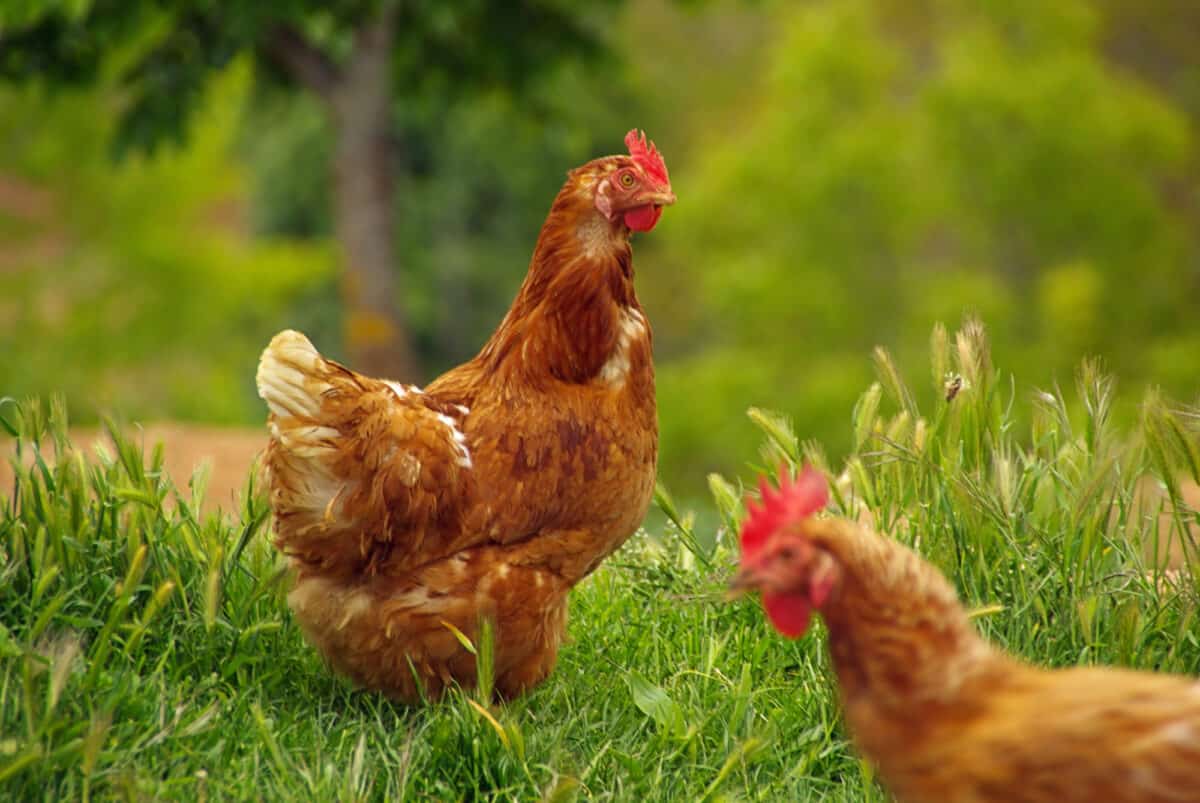
Chickens have cognitive abilities that far exceed most people’s expectations, making them surprisingly trainable backyard pets. Using operant conditioning techniques, chickens can learn to peck specific colors or shapes on command, navigate agility courses, play chicken “basketball” by dropping objects into containers, and even play simple musical instruments by pecking keys or strings. Their natural behaviors can be shaped into entertaining tricks, such as teaching them to come when called by name or to perform a “spin” movement. Training chickens takes advantage of their food motivation, with mealworms and other protein-rich treats serving as powerful reinforcers. Clicker training works exceptionally well with chickens, as they quickly form associations between the click sound and rewards. Their excellent visual acuity and pattern recognition abilities make them particularly adept at color and shape discrimination tasks. While individual chickens vary in trainability, many chicken owners find their birds learn new tricks with remarkable speed, sometimes mastering simple behaviors in just a few training sessions. Beyond entertainment value, trick training provides valuable mental stimulation for these intelligent birds when kept as pets.
2. Gerbils The Energetic Learners
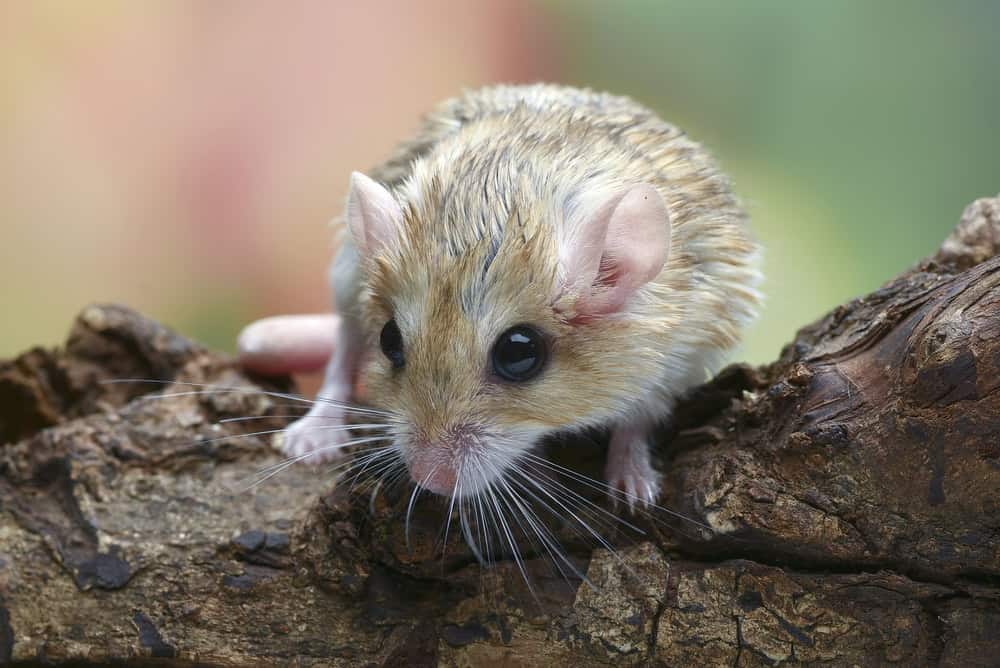
Gerbils combine high energy levels with surprising intelligence, making them capable of learning several entertaining tricks. These desert-dwelling rodents can be trained to navigate obstacle courses, jump through small hoops, stand up on command, retrieve tiny objects, and come when called by name. Their natural digging and burrowing behaviors can be channeled into tricks like “digging on cue” in a designated container. Training gerbils requires understanding their quick movements and sometimes limited attention span, with sessions kept very brief—often just 2-3 minutes at a time. Sunflower seeds, pumpkin seeds, and small pieces of unsweetened cereal make excellent training rewards that motivate these food-driven pets. Unlike some rodents, gerbils are diurnal (active during daylight hours), making them easier to train during normal human waking hours. Their highly social nature means they often respond not just to food rewards but also to positive attention and interaction. While they may not master as many tricks as rats or larger pets, gerbils can learn enough behaviors to demonstrate their cognitive abilities and provide enrichment for these active, intelligent animals.
1. Turtles and Tortoises Slow But Steady Learners

Perhaps the most surprising entries on this list, turtles and tortoises possess far more training potential than most people realize. Despite their reputation for slowness, these reptiles can learn to come when called, follow targets, navigate simple mazes, and distinguish between different colored objects. Aquatic turtles can be trained to swim through hoops or touch targets underwater, while land-dwelling tortoises might learn to walk figure-eight patterns around obstacles or push small balls. Their training capitalizes on their food motivation, with favorites like leafy greens, berries, or commercial turtle treats serving as rewards. The key difference in training these reptiles versus mammals lies in the pace—sessions must accommodate their slower movement and processing speed. Target training using a distinctive object the turtle learns to touch with its nose works particularly well as a foundation for other behaviors. Temperature plays a crucial role in training success, as turtles and tortoises are most responsive when kept at their optimal temperature range, usually between 75-85°F (24-29°C) depending on the species. While they may never perform tricks with the speed or complexity of mammals, the trainability of these ancient reptiles demonstrates that cognitive abilities and learning potential exist throughout the animal kingdom.
Conclusion: Beyond the Bark A World of Trainable Companions

The world of pet trick training extends far beyond the traditional image of dogs performing commands. From pocket-sized hamsters to intelligent pigs, the animal kingdom offers a remarkable array of trainable companions suited to different living situations and owner preferences. What unites these diverse species is their capacity to form connections with humans and learn through positive reinforcement, demonstrating the widespread cognitive abilities present throughout the animal world. For pet owners, trick training represents more than just entertainment—it provides crucial mental stimulation for animals, strengthens the human-animal bond, and often helps channel natural behaviors into appropriate outlets. Whether you live in an apartment suitable only for small pets or have space for larger animals like goats or miniature horses, there’s a trainable companion that can learn impressive behaviors while bringing joy and companionship into your life.
- 14 Creatures That Can Freeze and Thaw Back to Life - August 9, 2025
- 10 Animals That Risked Their Lives to Save Humans - August 9, 2025
- 14 Reasons Why Bears Are Afraid of Humans (Most of the Time) - August 9, 2025

